
25 June 2023
Solid rocket motors and liquid rocket engines are the two primary forms of rocket propulsion. For example, GSLV has its first stage as solid motor, and all of its other propulsion systems, including the strap-ons are liquid engines.
A solid rocket motor consists of a casing with a solid propellent (fuel-oxidizer mixer) that burns to produce thrust. Liquid rocket engines store fuel and oxidizer as liquids which are mixed and burned in a combustion chamber and exhausted through a nozzle to produce thrust. Solid rocket motors are simple to manufacture and operate, but once ignited, cannot be controlled or stopped. Liquid rocket engines are complex, but the thrust produced can be controlled (including a complete shutdown and restart).
Although developed as early as solid and liquid rocket motors, a rocket propulsion technology that did not quite catch up with the other two is hybrid rocket motor which typically has a solid fuel and liquid/gaseous oxidizer.
Recently, hybrid rocket motors have gained increasing interest due to their unique characteristics that offer improved safety and reduced costs compared to traditional solid and liquid rocket motors. As a result, hybrid rocket motors are an area of active research and development, with the potential to revolutionize the field of rocket propulsion.
Several factors can affect the performance of hybrid rocket motors, the primary factor being the type of fuel and oxidizer used. Identification of the right fuel oxidizer combination for various applications is a field of research in itself. Prof. Ramakrishna’s lab at IIT Madras has extensively worked on hybrid rocket motors and has developed novel propellent and oxidizer combinations that work effectively.
One of the main advantages that liquid rocket engines have over solid motors is the capability to control thrust. For hybrid rocket technology to be widely accepted, its thrust control capability needs to be proved. A significant amount of research has already been done in this direction. Thrust control in hybrid rocket motors is achieved through the manipulation of the oxidizer flow rate into the combustion chamber. By controlling the oxidizer flow rate, the combustion rate can be adjusted, which in turn affects the combustion temperature and pressure, and, consequently, the thrust produced by the rocket motor. Several methods can be used to control the oxidizer flow rate, including the use of valves or injectors that can be manipulated to adjust the oxidizer flow rate in real-time.
Anandu, as part of his PhD research, developed a hybrid rocket motor with aluminum-wax fuel and air as the oxidizer and demonstrated its precise throttling capability on a lab-scale motor. The image below shows his hybrid rocket motors firing at various oxidizer flow rates.
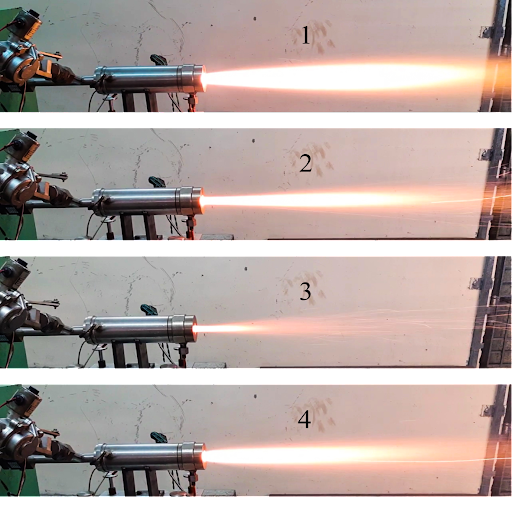
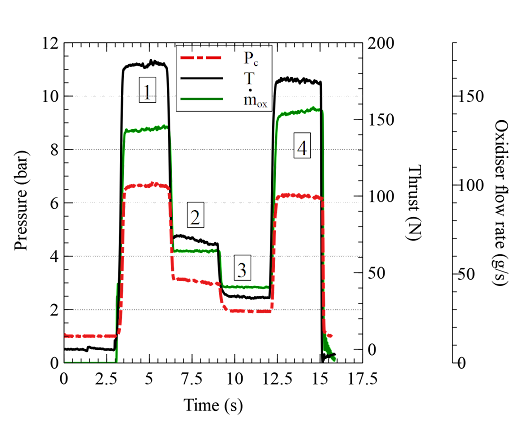
Anandu’s setup to control the air flow rate is shown below.
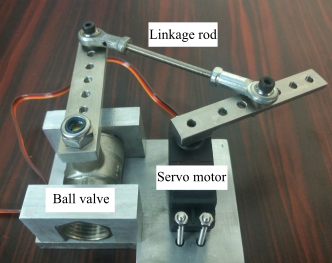
Anandu uses the measured chamber pressure as a feedback in his PID-based controller which commands the air flow rate to obtain the desired thrust. The figures below show the thrust of the lab-scale hybrid rocket motor following the step and ramp commands.
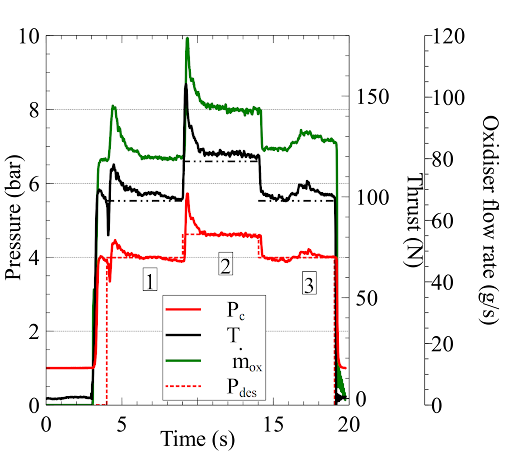
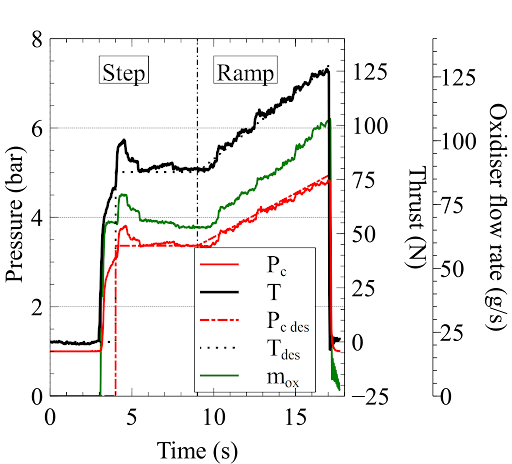
We reported the development of the hybrid rocket motor and the oxidizer flow controller and the results of the experiments conducted in a technical article. The graphical abstract of that paper is shown below.
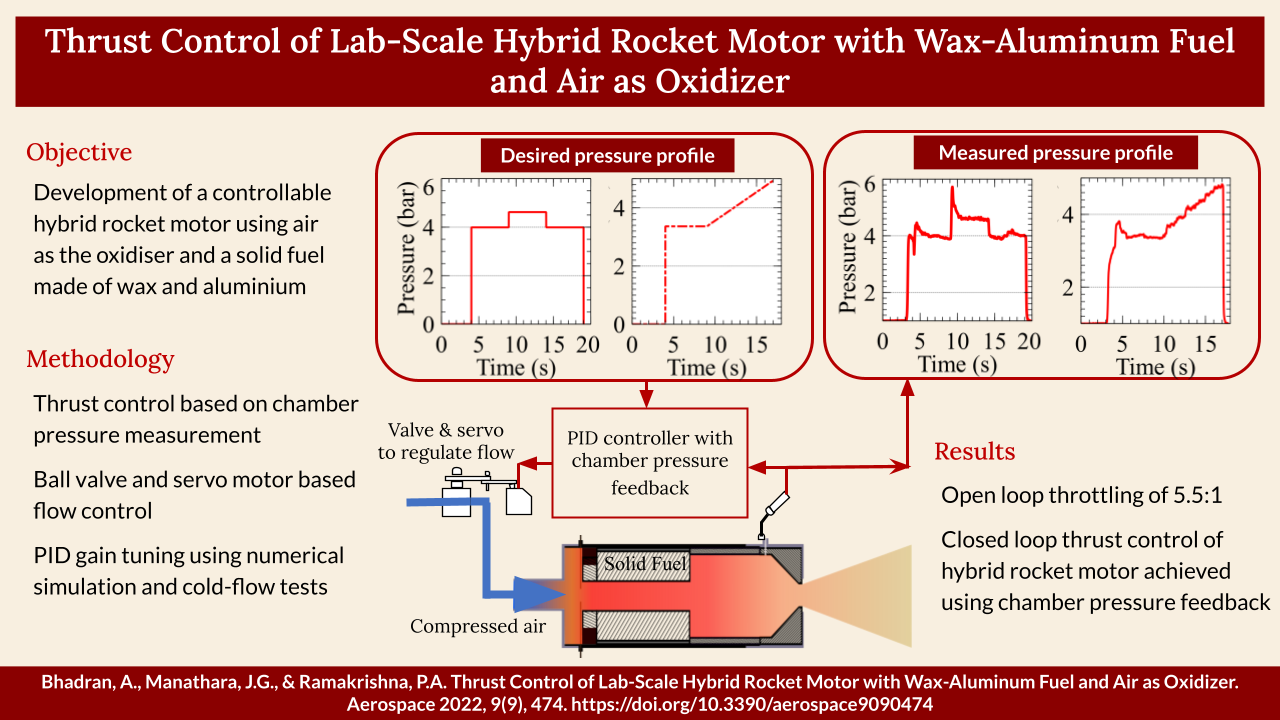
Applications that benefit from the precise throttling of hybrid rocket motors are many. We have vertical takeoff and landing applications in mind.